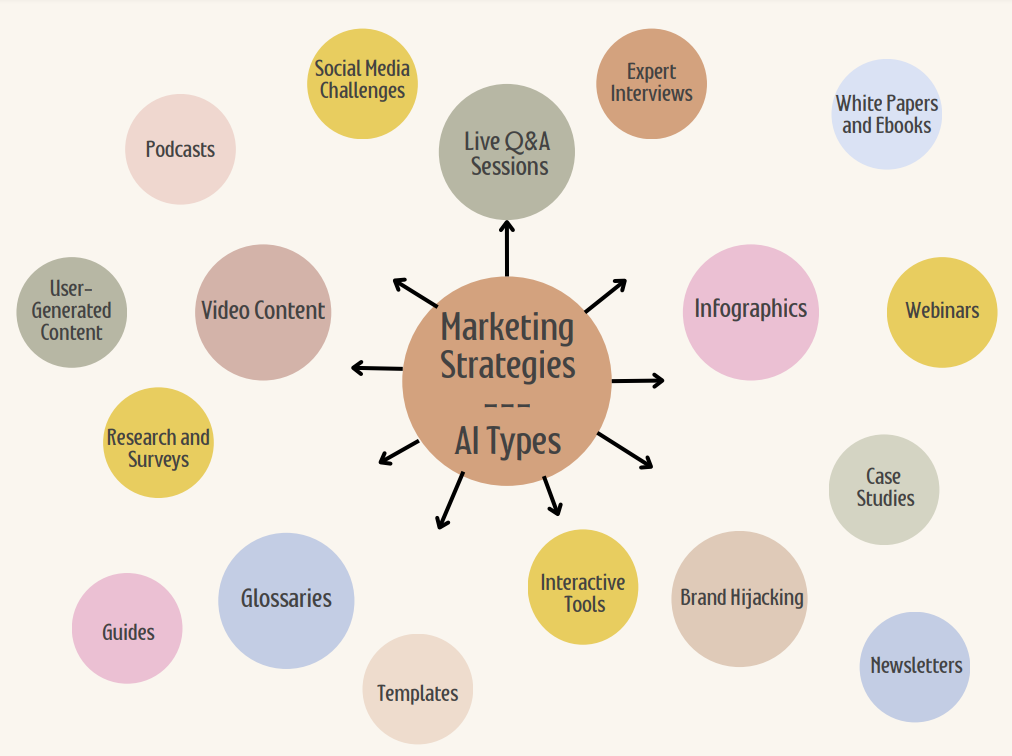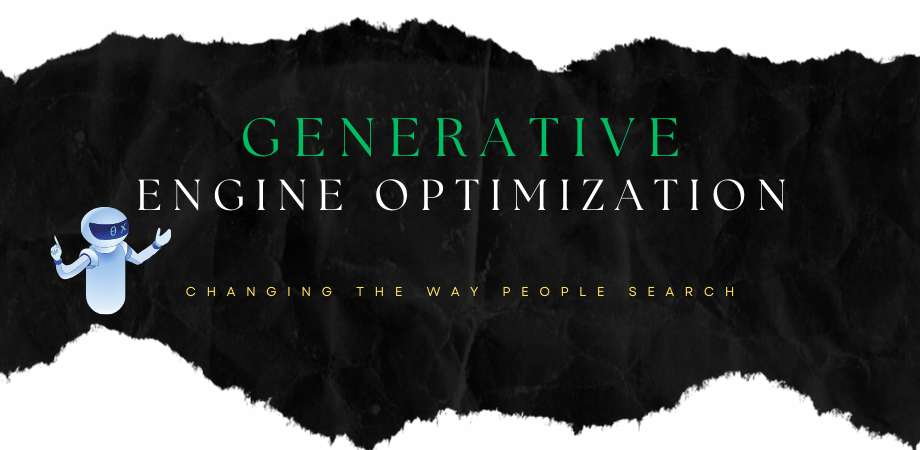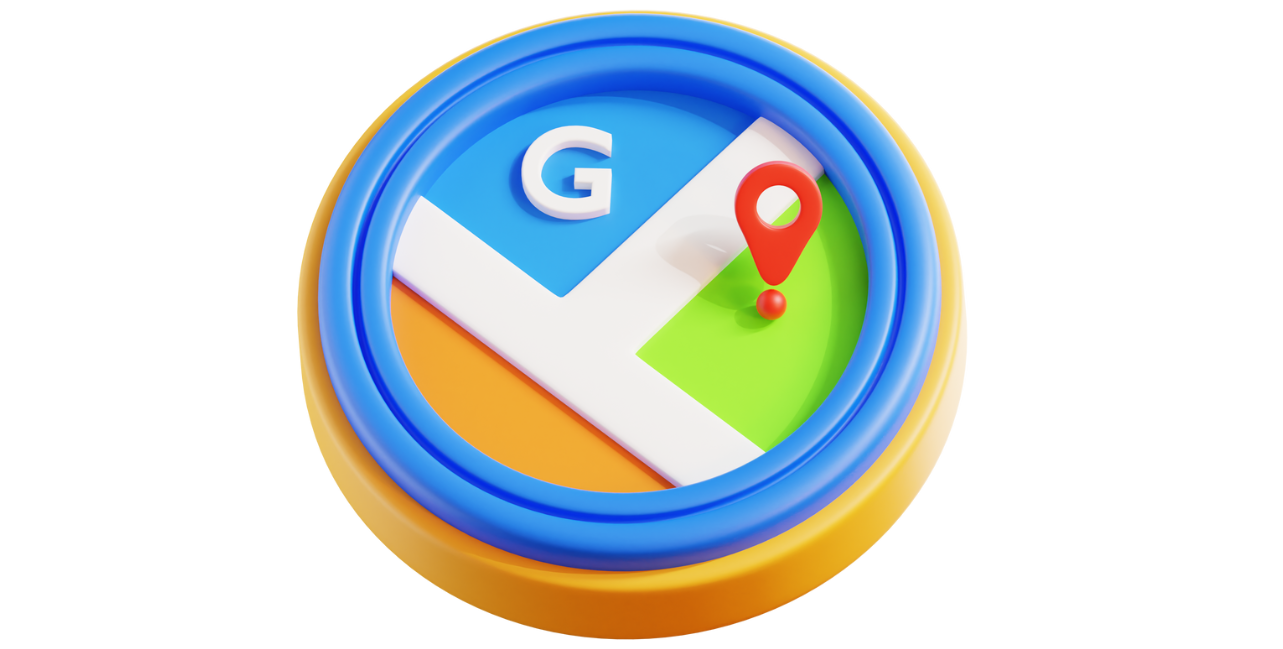Content Strategies That Will Still Work in 2025! | ClickReady Marketing

Mike Friedman with The SEO Pub predicts that Google may soon start penalizing sites using commonly used AI terms because these terms often indicate low-quality, mass-generated content. The prediction suggests that Google aims to maintain high content standards by targeting articles that rely heavily on AI-generated text, which often lacks editorial oversight and originality. By filtering out content with phrases like "fast-paced world of," "delve into," or "comprehensive guide," Google can reduce the prevalence of generic, AI-produced content and encourage more authentic, high-quality contributions. This approach aligns with Google's ongoing efforts to prioritize valuable and trustworthy information for users.
How AI is Reshaping the Role of Blogs and Informational Content
The significance of blogs and informational content in driving website traffic has shifted in recent years, largely due to advancements in AI. While blogs were once pivotal for attracting visitors and building authority, the rise of AI-generated content and tools that can instantly address user queries has reduced the reliance on traditional blog formats.
Why Blogs and Informational Content Are Losing Importance in Driving Traffic
- AI's Ability to Deliver Instant Answers
AI tools, such as Google’s AI Overview, provide quick, concise, and accurate responses directly within search results. Users no longer need to click through several blog posts to find answers to their questions. This functionality prioritizes speed and convenience, which aligns with user behavior today.
- Shift in Content Consumption
Instead of relying on lengthy articles or blogs, people are turning to platforms and technologies offering direct solutions. AI can summarize entire topics or extract the key information users need in seconds, making traditional blogs feel outdated for answering quick, transactional queries.
- Google's Monetization Strategy
Google's AI Overview plays a significant role in reshaping traffic dynamics. By displaying answers on the search engine results page (SERP), Google keeps users on its platform longer rather than sending them to external sites. This shift enables more monetization opportunities through ad placements alongside AI-generated answers, reducing click-through rates for traditional websites.
- Saturation of Lower-Quality Content
The explosion of AI content generation tools has led to an oversaturation of low-value blogs focused on keyword stuffing instead of genuine user needs. This proliferation may degrade the reputation of blogs as a source of reliable information unless they offer unique or in-depth insights. More people are using videos for “how to” and product comparisons. This also takes away eyeballs from traditional blog content.

Meta's Foray into AI for User Queries
Meta is also entering the AI-driven information space by creating tools that answer user questions directly across platforms like Instagram, Facebook, and Threads. These AI systems aim to engage users within the ecosystem, eliminating their need to seek answers externally. Interactive experiences such as AI-based direct messaging or chatbot-powered Q&A systems enhance engagement, reducing dependency on third-party blogs for information.
What This Means for Content Strategies That Will Work in 2025!
Here are a variety of content types, along with explanations of how they can engage audiences and boost a website's reach:
1. Brand Hijacking
- Description: Capitalize on trending topics or well-known brands by creating relevant content that aligns with your niche.
- Example: Writing articles like “The Best Alternatives to [Popular Product]” or “What X Platform Can Learn From [Trending Event].”
- Impact: This can attract attention by tapping into existing high-volume searches tied to popular trends.
2. Glossaries
- Description: Create comprehensive glossaries or knowledge bases specific to your industry.
- Example: A digital marketing glossary that defines terms like “SEO,” “SERP,” or “CTR.”
- Impact: Great for ranking for common questions and building authority in your niche.
3. Templates
- Description: Offer free, customizable resources that solve problems.
- Example: A content calendar template for marketers or financial planning templates for individuals.
- Impact: Attracts downloads and links, while demonstrating your value to potential customers.
4. Guides
- Description: Write in-depth guides for beginners and experts to explain key concepts in your industry.
- Example: “The Ultimate Guide to Social Media Marketing” or “Advanced Tips for Scaling E-commerce Sites.”
- Impact: Builds trust, positions your brand as an authority, and drives traffic through search.
5. Video Content
- Description: Create engaging videos that entertain, educate, or explain your offerings.
- Example: Tutorials, product demos, behind-the-scenes content, or customer success stories.
- Impact: YouTube and social media platforms amplify video content, offering high engagement and visibility.
6. Infographics
- Description: Use visuals to present data, processes, or concepts in an easy-to-digest format.
- Example: An infographic showing “The History of SEO” or “Steps to Build a Marketing Campaign.”
- Impact: Highly shareable content that can drive backlinks and social engagement.
7. Webinars
- Description: Host live virtual events or training sessions focused on relevant topics.
- Example: “How to Master Local SEO in 2024” or “Trends in Digital Advertising.”
- Impact: Provides a platform for real-time engagement and positions your brand as a thought leader.
8. Podcasts
- Description: Create an audio series featuring industry insights, interviews, or discussions.
- Example: A marketing podcast that interviews industry experts about the future of content creation.
- Impact: Appeals to on-the-go audiences and fosters long-term brand loyalty.
9. Case Studies
- Description: Showcase success stories that highlight the value of your product or service.
- Example: “How Our Software Increased Client Revenue by 350% in 2 Months.”
- Impact: Builds trust with potential clients by demonstrating real-world results.
10. User-Generated Content (UGC)
- Description: Encourage your audience to create and share content related to your brand.
- Example: Feature customers’ photos on your website or offer social tags for contests.
- Impact: Drives engagement, builds community, and reduces the burden of content creation.
11. Interactive Tools
- Description: Build engaging tools that provide value to users.
- Example: Calculators, quizzes, or diagnostic tools like “What’s Your Marketing Persona?”
- Impact: Keeps users on your site longer and increases sharing and overall user engagement.
12. Newsletters
- Description: Send periodic updates with curated content, insights, and tips to subscribers.
- Example: A monthly newsletter with new blog posts, marketing trends, and special offers.
- Impact: Keeps your brand top-of-mind and delivers value directly to a loyal audience base.
13. White Papers and Ebooks
- Description: Offer downloadable, in-depth content designed for professionals or decision-makers.
- Example: An ebook titled “The Future of AI in E-commerce” or a white paper on “The ROI of SEO Strategies.”
- Impact: Acts as a lead magnet and enhances your authority in the market.
14. Social Media Challenges and Campaigns
- Description: Engage audiences through interactive campaigns on platforms like Instagram, TikTok, or Twitter.
- Example: A hashtag challenge like “#30DayFitnessGoal” for fitness brands.
- Impact: Creates buzz and encourages user participation to expand your brand’s reach.
15. Expert Interviews and Panels
- Description: Share interviews or discussions with industry experts or influencers.
- Example: A blog post or video featuring “Top SEO Experts Discuss 2025 Trends.”
- Impact: Bolsters credibility and can attract the guest expert’s audience to your site.
16. Live Q&A Sessions
- Description: Host live sessions where audience members can ask questions and get answers in real-time.
- Example: A “Ask Me Anything (AMA)” session on Reddit or a live Instagram Q&A.
- Impact: Fosters direct interaction with your audience, building trust and loyalty.
17. Research and Surveys
- Description: Conduct surveys or original research and present findings in reports or articles.
- Example: “State of Small Business Marketing in 2025” or trends backed by user data.
- Impact: Adds credibility and generates backlinks when industry players cite your work.
By diversifying your content with these types, your website can attract broader audiences, foster engagement, and build lasting relationships. Each format addresses a unique need or audience segment, helping your site stand out in a competitive online landscape.




